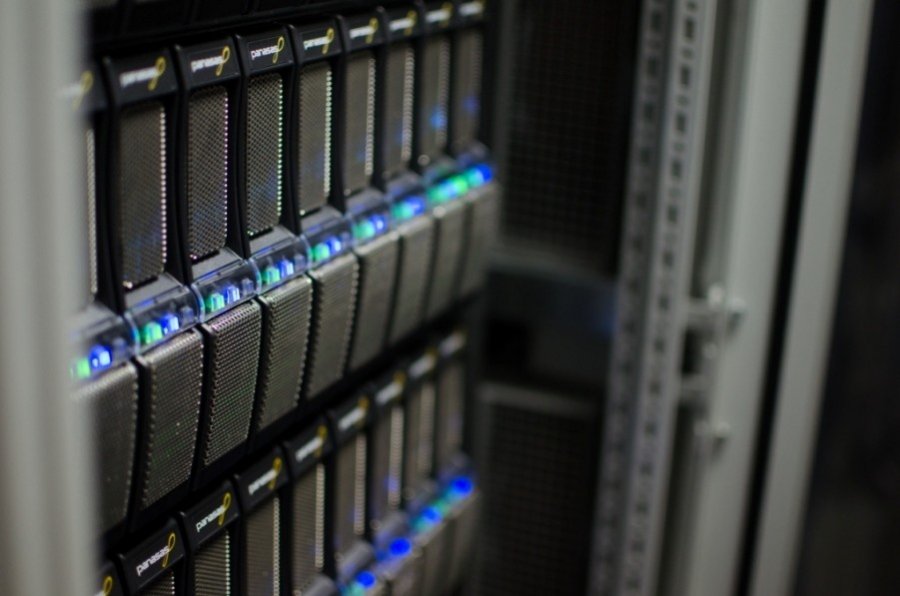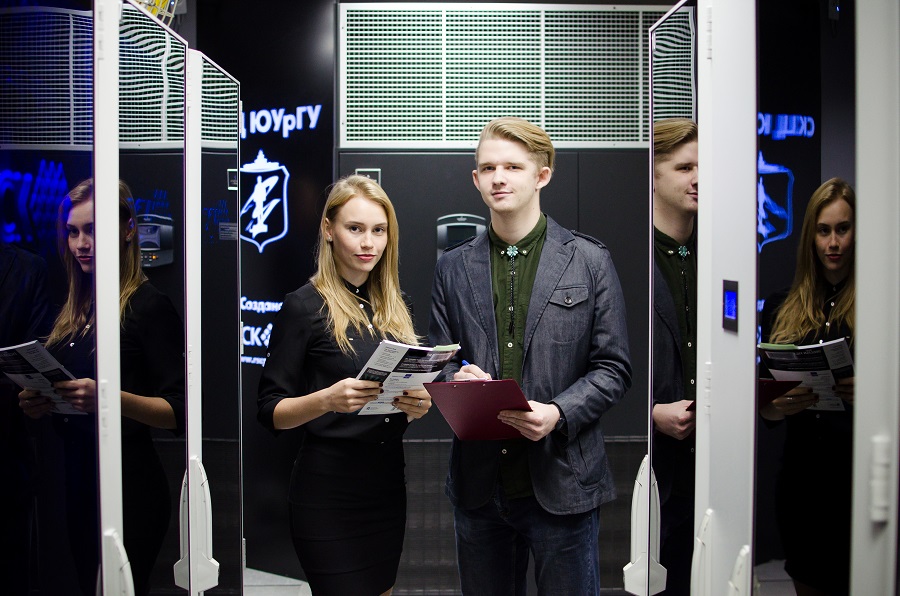Chelyabinsk is one of the leaders in the level of development of information technologies in Russia. South Ural State University is the leader in implementation of supercomputer technologies in the Ural and Siberian regions. The university has launched a supercomputer centre, which is used to solve research, academic, and industrial tasks both for our country and for clients abroad.
The Supercomputer Simulation Laboratory solves many scientific tasks in the fields of industry, engineering, natural sciences and mathematics, as well as human sciences. As part of Project 5-100 and SUSU’s transformation into a national research university, the laboratory was able to unite these fields into a unified complex of research, supported by the calculations completed on a supercomputer.
The two most powerful supercomputers in the Ural Federal District and the SKIF Ural computing cluster are located at SUSU. SKIF Ural appeared at the university in 2008 and immediately entered the Top 500 list of the most powerful supercomputers around the world. The SKIF Aurora SUSU supercomputer was a joint development by the RAS Institute for Systems Programming, Russian company RSK SKIF, and Italian company Eurotech. In June 2011, it entered the Top 100 list of the most powerful supercomputers in the world. The Tornado SUSU supercomputer, installed in 2013, was the first in Europe among university computing complexes to be equipped with the newest Intel® Xeon Phi™ coprocessor, and one of the first systems to move to liquid cooling. According to the Green500 international ratings system, this supercomputing platform is one of the most energy efficient ones in Russia and the CIS.
The supercomputer has a very complex communications network with a “fat tree” topology. Namely thanks to this communications system, the processing power of this supercomputer is hundreds of times higher than the typical “star topology” (hierarchical), which requires ten times fewer switches and connecting cables. Thanks to this communications network, all of the servers can operate on the same computing task, functioning as a unified supercomputer.

Supercomputers are designed to solve complex problems that either cannot be solved on personal computers, or require a very long time to be solved (weeks, months). One example of a complex problem is the calculating of the air flow in an aircraft engine turbine. This problem can only be solved numerically, for example, by the finite element method. To obtain a high-precision result, the model must be divided into millions of finite elements, so that each of them is calculated by dozens of equations - and this is the number of calculations required for each microsecond of the simulated process! And the process of the engine’s work itself takes a huge amount of time. To put all this data together and see how to improve the design of an aircraft engine, you need the power of a supercomputer. Moreover, the more powerful the supercomputer, the more accurate model of the engine can be built, and the more accurate results of solving the problem can be obtained.
A supercomputer is a whole infrastructure, which requires a room with power supply for ventilation and air conditioning, as well as a full staff of administrators and programmers. SUSU has its own power stations, which provide power to the university building, including all of its supercomputing resources. In addition, the SUSU supercomputer centre has deployed its own uninterruptible power supply system, which provides for the proper operation of all of the supercomputers in the event of a power outage. Not every company is able to handle the costs for purchasing this expensive equipment and building this very complex infrastructure, so businesses appeal to data processing centres, such as the SUSU supercomputer centre. On average, the supercomputers are constantly operating at 90-100% load.
At present, more than 150 calculations are being completed on the SUSU supercomputers. A large portion of the research is being carried out in order to modernize the manufacturing processes of industrial buildings aimed at producing highly-competitive, high-tech products and supporting energy and resource conservation. In addition, the supercomputers complete a wide range of fundamental scientific research studies in physics, chemistry, mathematics, computer science, and other disciplines.
Russian corporations are only beginning their path towards using the capabilities of supercomputers. Where supercomputers are the present for foreign industrial giants, it is still the future for some Russian companies.
One more field, in which supercomputer processing is used, is the 3D graphics visualization. Modern films and cartoons consist of 90% of computer graphics, and for a film to be released on screen, it must first be visualized. Visualization requires huge computing resources.
One important aspect is that all of the university’s Master’s programs related to technical and natural science fields include lectures by staff from the Supercomputer Simulation Laboratory, eponymously titled “Supercomputer Simulation”. This is done so that SUSU graduates know the basics of working on a supercomputer and can independently perform the high-performance calculations, which are necessary for the creation of modern high-tech products.





